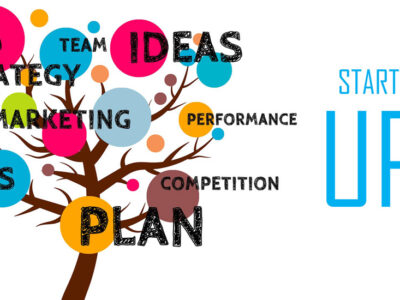As a wave, started slowly and gaining speed and strength as it moves forward, the world is talking about investing for impact and having an impact in our lives through our philanthropy work. This is not to say that in the past, our ancestors and predecessors did not, however the idea of doing something, investing our time, investing our money and targeting our donations so as to be aligned with the legacy we wish to leave has never been more prevalent than now.
The terminology that populates the talks, writings and actions is quite varied: Impact investing, venture philanthropy, philanthropy, they sound like the same thing or slight variation of a common theme, however the differences are substantial and worth noting.
The definition of Impact investing aims at making a profit while creating positive social and environmental changes. It can be very local (wanting to invest in companies in your own environment) or international (by wanting to have an impact in faraway countries). There is no fixed time frame, the mindset is to invest for as long as it takes to see a profit.
Venture Philanthropy is a more structured approach, it is usually done in partnership with private equity funds or foundations, it has a time horizon of three to five years and there is a deep involvement of the investors with the recipients with a lot of emphasis on measuring the performance, both financial and impactful.
While impact investing has the goal to support individual organizations and projects, with venture philanthropy there is the wider scope of supporting sectors or geographical areas.
Then of course, there are the two older forms of giving, philanthropy and charity. The two terms are often used interchangeably; however, they are different. Charity is dictated by an emotional reaction to an immediate situation, giving occurs in the short term in the form of monetary or time donations. Philanthropy addresses the root cause of social issues and has a longer-term horizon.
As a responsible social citizen, it is important that we strive to do all of them. There is the natural instinct to participate in charity giving anytime we perceive a difficulty that can be helped with time or money, and that is done almost daily.
There is need to think about longer term issues by joining forces over a longer term with other organizations and foundations and that is where philanthropy sits.
And then we get to the topics closer to my heart. It is easy to be tempted and swept by the wave of enthusiasm to invest in the company that is doing well and whose returns can be calculated in monetary term. However, this would be a shortsighted approach. Every time we invest in a company, we are encouraging a set of behaviors, we are fostering habits and we are reinforcing attitudes. When investing we must screen for impact, we must check that the ultimate vision of the company is aligned with our own vision. We must exclude the bad, what lessens the positive impact, but that is only one way. The most impactful way is to invest for inclusion, i.e. investing with the idea to foster positive outcomes.
Ultimately, the four areas of giving, all important in their own right, can be seen as a large funnel, starting small with charity, impacting one person or issue; then moving to philanthropy, impacting sectors, geographies. The funnel widens further with impact investing, looking at making a dent, socially or environmentally, while making a profit, and then sharing in a wider form through venture philanthropy, addressing sectors and geographies in a more structured manner.
Every time we perceive something that can be improved, let’s think about which of the giving channels we can apply to make a difference, to have a lasting impact.








